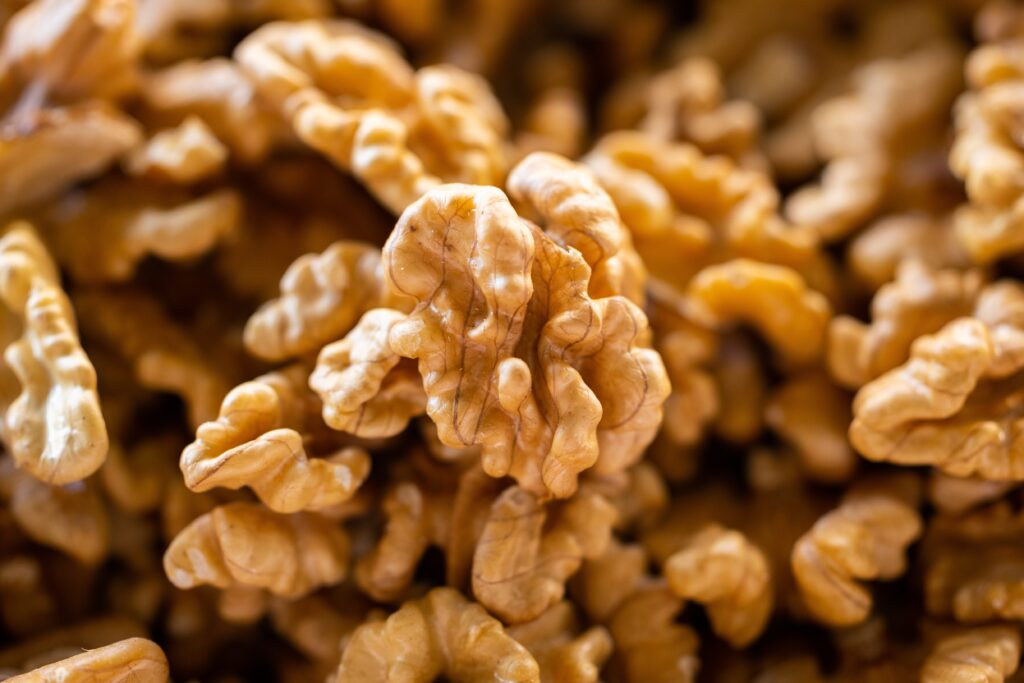With an upward trend in environmental and animal sentiment added with the conversion of dietary habits to more sustainable and greener practices, a rise in alternate protein has been observed, globally. Alternate protein has been sought after as a solution to several issues, for instance, reducing water and land use, as well as Greenhouse gas emissions. Research carried out by Oxford University and the Swiss Agricultural Research Institute, Agroscope concluded that plant-based alternatives slashed GHG emissions by 73%. Alternate protein has a positive impacton health and readily supports several UN’s SDGs which includes responsible consumption and production, and zero hunger.
Following the Covid-19 crisis, the alternative protein industry has seen a significant boost. Meat analog and plant-based milk has seen a huge demand given the immunological impacts it has due to the abundance of both macro and micronutrients as well as antioxidants. About 13 million metric tons of alternative proteins were consumed globally in 2020. In the history of the alternate protein industry, 2021 marked an all-time high investment that accounted for $4.96 billion
According to the report published by a popular market research company, the alternative protein market is anticipated to grow at a CAGR of 11.2% from 2020 to 2027 to reach $27.05 billion by 2027.By 2035, it has been estimated that 11% of all meat, seafood, eggs and dairy consumed worldwide is expected to be alternative proteins.
Growth factors underlying the market for alternative protein includes- Increasing investments, healthier consumer choices, innovation in food technology and environmental sustainability.In developed economies, alternative protein has been able to capture a limited, yet notable proportion. The case with developing economies, are expected to slowly enter the space which is supported by consumer behaviour.
According to a Good Food Institute study, 77% of consumers in India are willing to try alternative protein options. Despite the higher trends in meat consumption amongst the younger population, 25% of them are actively looking for reducing animal protein consumption.Big players have already entered the Indian market of alternative protein products with Swiggy announcing its partnership with GoodDot- India’s first vegan meat innovators. ITC has been working with Good Food Institute India (GFII) to release its plant-based food products in the Indian market. Popular restaurant chain, Haldiram has collaborated with BVeg Foods to serve plant-based meat dishes.

The Indian Government has recently shown a big leap whilst supporting the growing landscape of alternative protein. In 2019, Government of India’s Department of Biotechnology (DBT) has granted $640,000 (Rs 4.5 crores) to Hyderabad-based institutes Centre for Cellular and Molecular Biology (CCMB) and National Research Centre on Meat (NRCMeat). This accounts for one of the largest investments made by the government in this sector, thus promising a developing landscape for the new entrants.
With an overall increasing trend of incomes in low-and middle-income countries over the next decade, the industry is expected to fare well when sufficiently optimised. India is one of the largest consumer bases in the world with a massive transition in income group and urbanisation. A report by Irish food company Kerry forecasts India’s alternative meat market at $171 million and projected it to grow at 8.5% compounded annual growth rate (CAGR) by 2025.
About 30% of India’s 1.38 billion population identifies itself as vegetarian, thus promoting a healthy landscape for new entrants in the sector. However, the new entrants in this industry are trying to address the larger non-vegetarian population who are looking for alternatives to cut down on animal protein. The biggest rival product of alternative proteins in the Indian are the indigenous pulses and milk-based paneer. To compete in terms of taste, texture and price has been looked up to as growth factors for the industry.
Alternate protein without any doubt is healthier, sustainable, and animal friendly. Promoting a sustainable sentiment along with nutritious supply will be the key to the success of any entrant in the sector.
Refernces : BCG, LiveMint, Meticulous, GreenQueen, FIGlobal, Research&Markets, BCG, GFI, IBEF.





 Market Research
Market Research Consumer Research
Consumer Research Industry Research
Industry Research Market Entry Strategy
Market Entry Strategy Feasibility Studies
Feasibility Studies Product Research
Product Research Automobile & Mobility
Automobile & Mobility Banking and Finance
Banking and Finance Consumer Products & FMCG
Consumer Products & FMCG Ecommerce & Retail
Ecommerce & Retail Industry & Manufacturing
Industry & Manufacturing Government & Public Sector
Government & Public Sector Industry Associations
Industry Associations Technology & Software
Technology & Software Venture Capital & PE
Venture Capital & PE Consulting & Advisory
Consulting & Advisory India Entry Market Research
India Entry Market Research Innovation Consulting
Innovation Consulting KX Market Radar
KX Market Radar Business Model Development
Business Model Development Gen Z Navigator
Gen Z Navigator